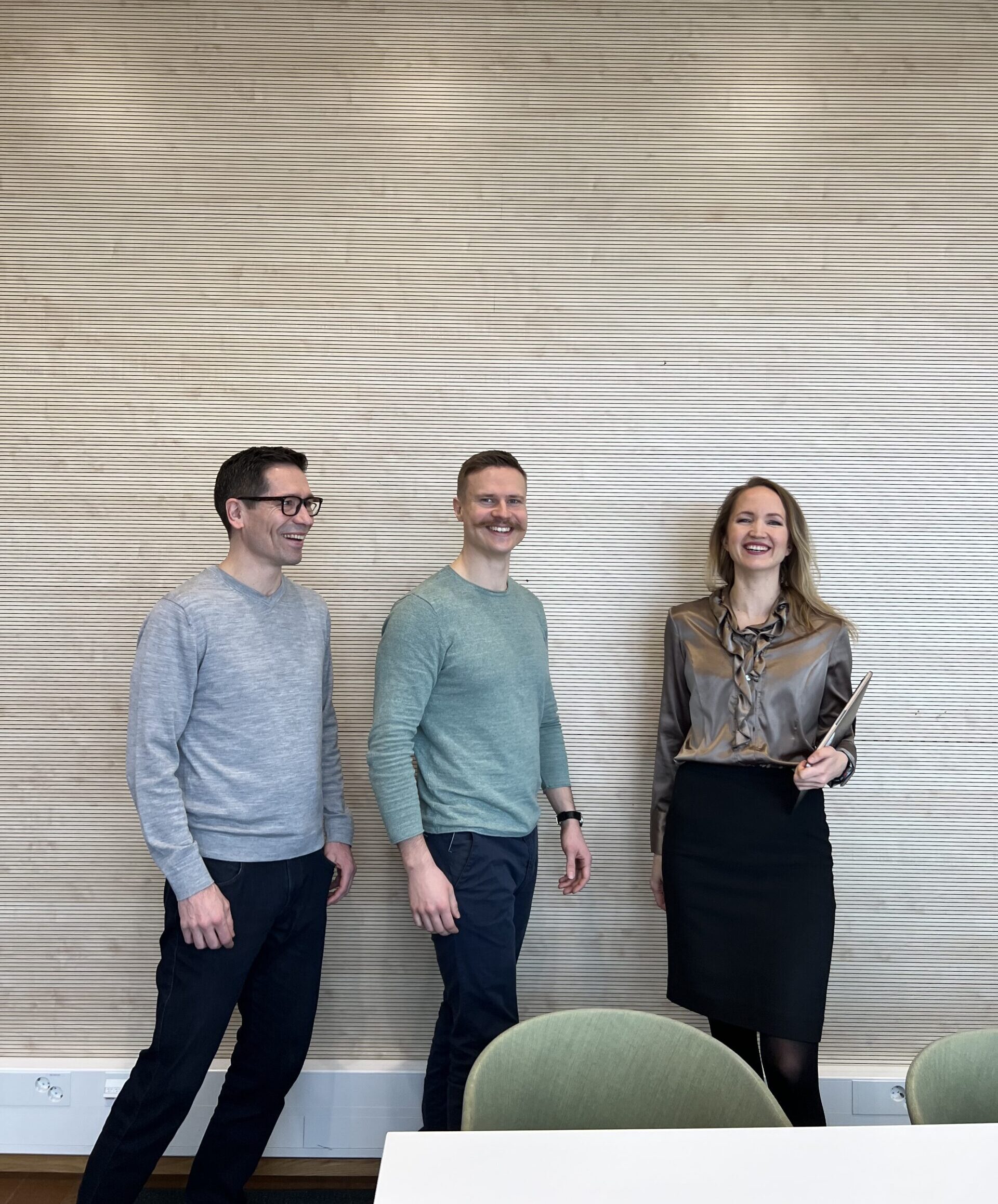4. Describe your role as a technical project manager?
- In this job, the work changes and every customer assignment is different. They have similar features, so learning accumulates, but the object and way of doing things differ. As a technical project manager, I have been involved in the planning and definition of the initial phase, tendering, implementation, production start-up, further development and monitoring of continuous services. As a technical project manager, you have to know what you are doing and understand the effects of what you are doing. In the role, it is important to understand both the technology with which we work and the methods of project management.






